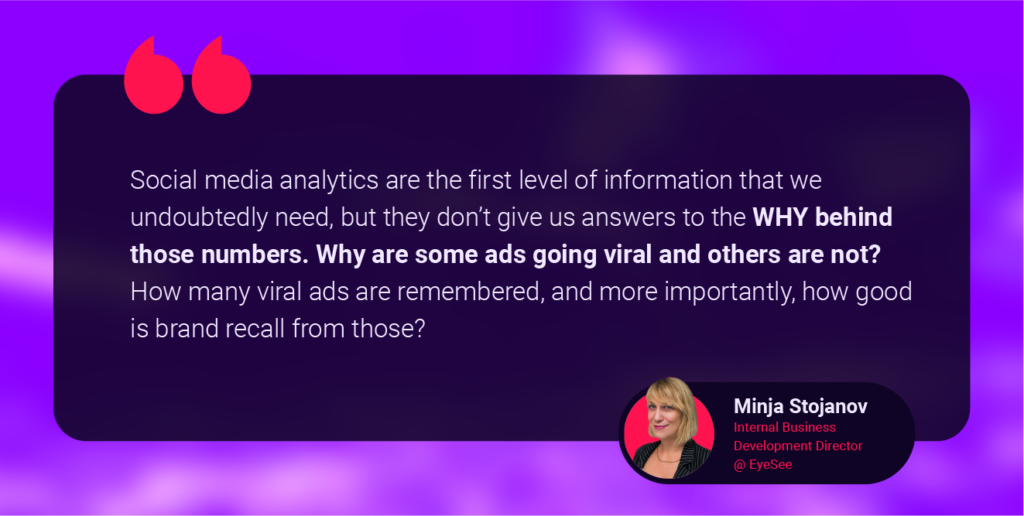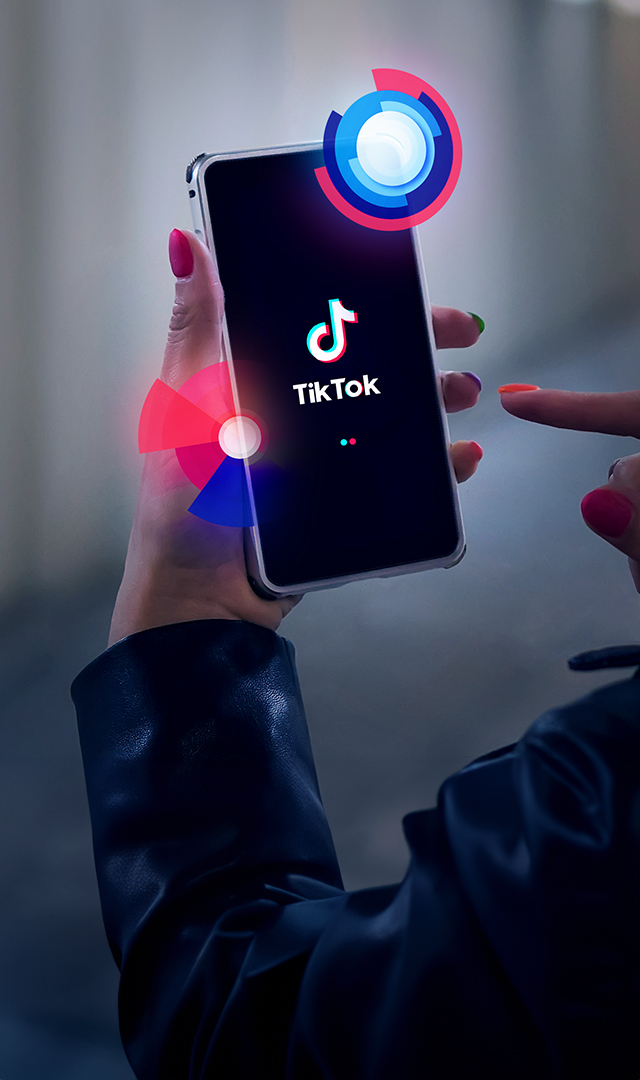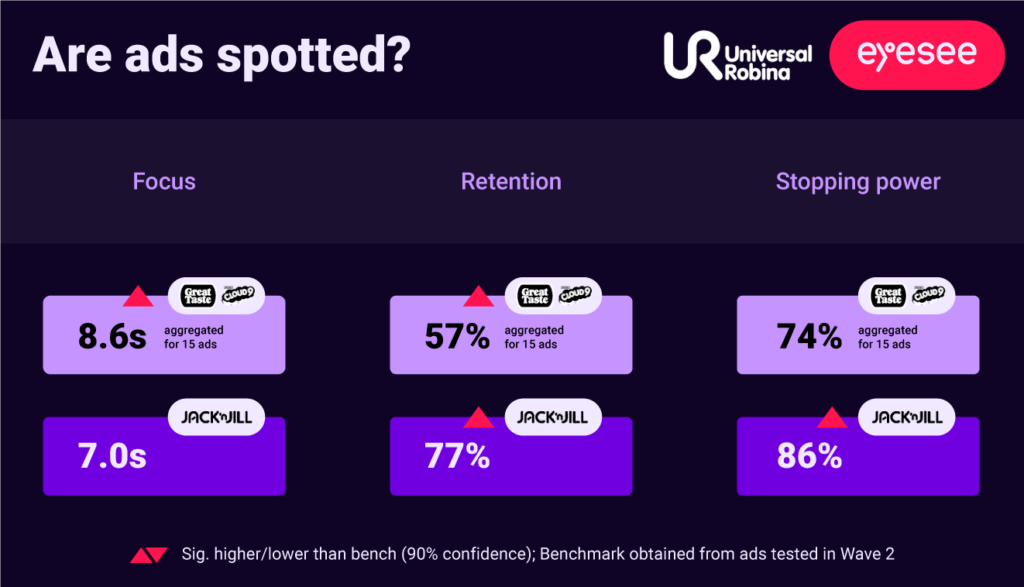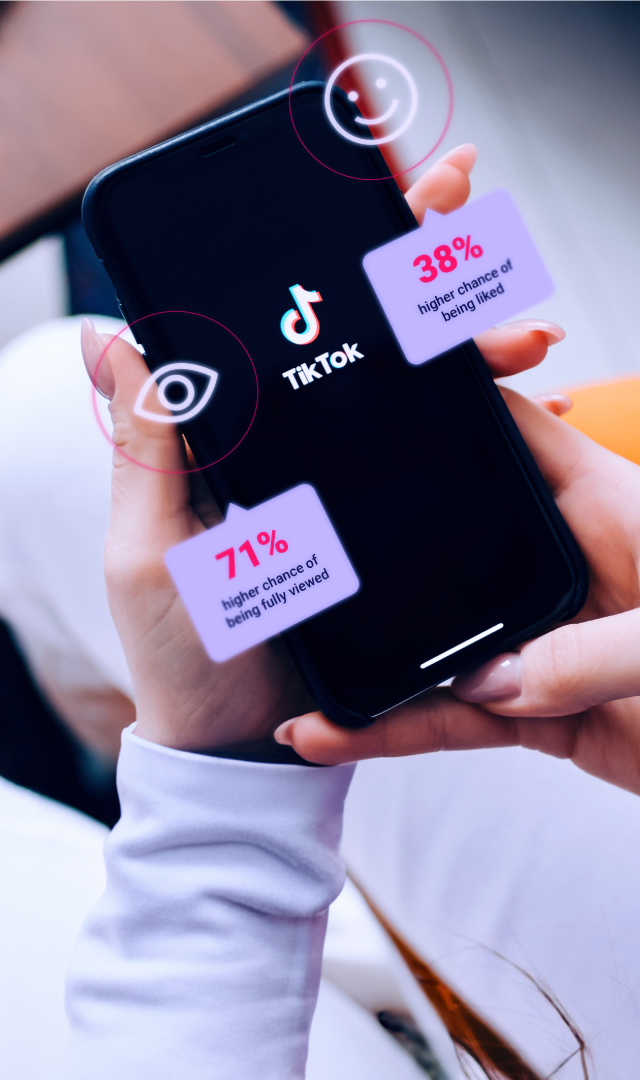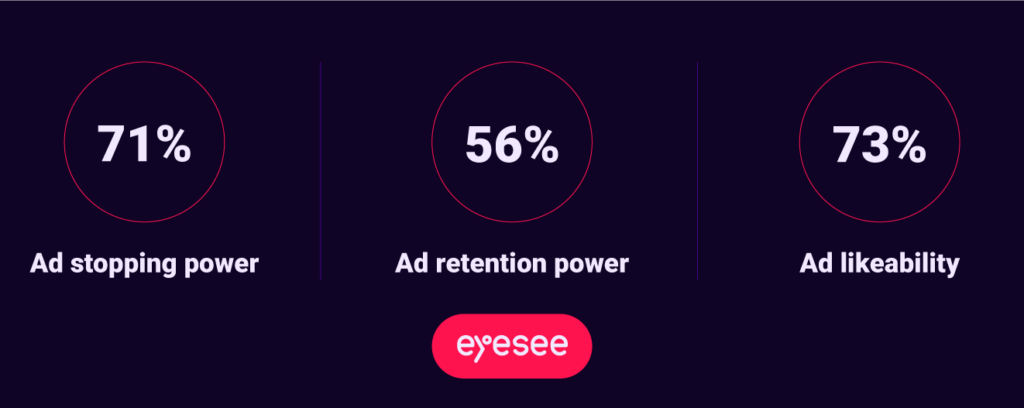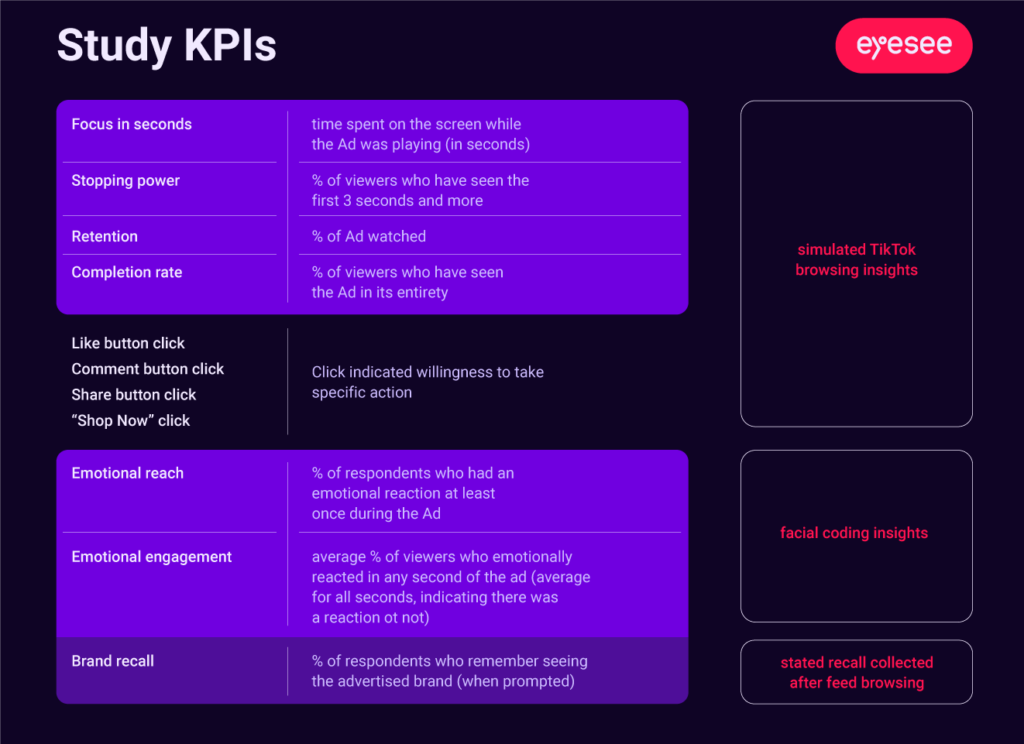Your ads and messages are alright, but you’re itching for something new and exciting. Want a way to jazz up your brand, make it pop, and get people buzzing again?
The next frontier for marketers globally is to harness the power of your brand on TikTok! An incredible 81% of users say TikTok videos influenced their recent purchases, and a recent EyeSee study discovered that 56% of sponsored content is seen on average, and 73% of users like the ads they see. Gen Z is also redefining search: They’re more likely to use social networks than search engines when looking up brands, products, or services, according to GWI, and 50% of them will choose TikTok.
TikTok First Content Guidelines are now available!
So, if you are wondering how to effectively break through the clutter while still conveying the right message with a fresh approach, “TikTok First Content Guidelines for Powerful Ads” is the white paper for you! Discover:
1. Why is the TikTok First approach more effective than TVC-style ads? When created in TikTok First style, the ad’s stopping power increases by 17%.
2. What can earned attention and emotional connection do for your brand? Skippable ad formats like TikTok represent true eyes on the screen. Viewers truly see what they look at, as opposed to just gazing over it.
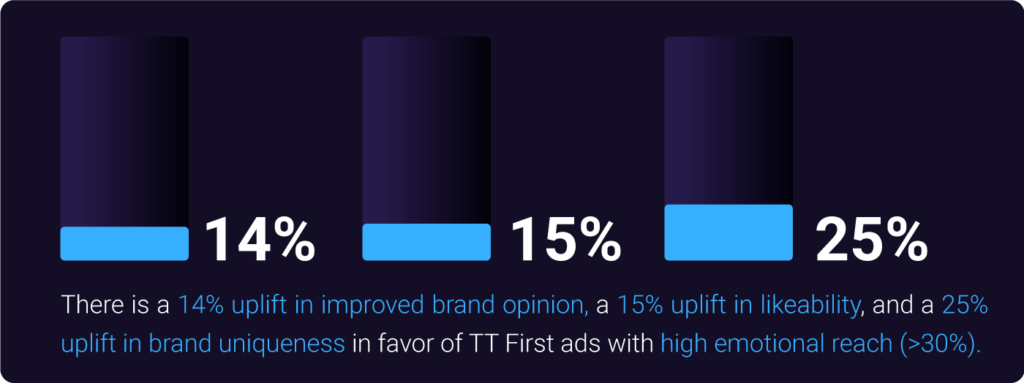
For content that achieves high emotional reach (>30%), it is noted that there is a 25% uplift in brand uniqueness, a 15% uplift in likeability, and a 14% uplift in improved brand opinion.
3. The story behind the Scotch-Brite success story and how they did it. EyeSee study “TikTok ad magic: A performance study” shows that Scotch-Brite ads, created in a TikTok First manner, achieve an impressive stopping power of 76%, significantly surpassing the North American benchmark for the CPG industry.
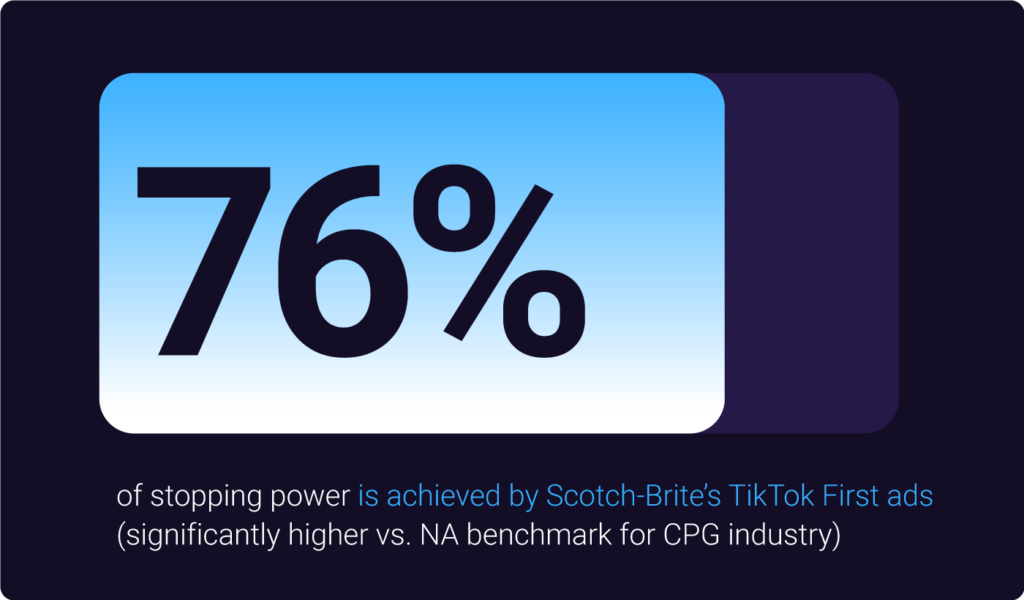
4. What are insight-based guidelines for using the most powerful TikTok effects? There is a 19% increase in brand interest and a 23% increase in brand opinion when the TikTok First ad contains effects such as emojis and stickers.
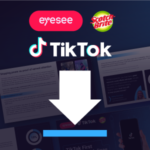
But if you want to know the power of music, voice-over, ASMR, product display, and what the recommended narrative approach is, check out the full “TikTok First Content Guidelines for Powerful Ads” white paper now.
Eager for more? Read the blog about replicated feeds for authentic behavior here.
![[White Paper] TikTok First Content Guidelines for Powerful Ads](https://eyesee-research.com/wp-content/uploads/2024/02/Blog-cover-3.png)

